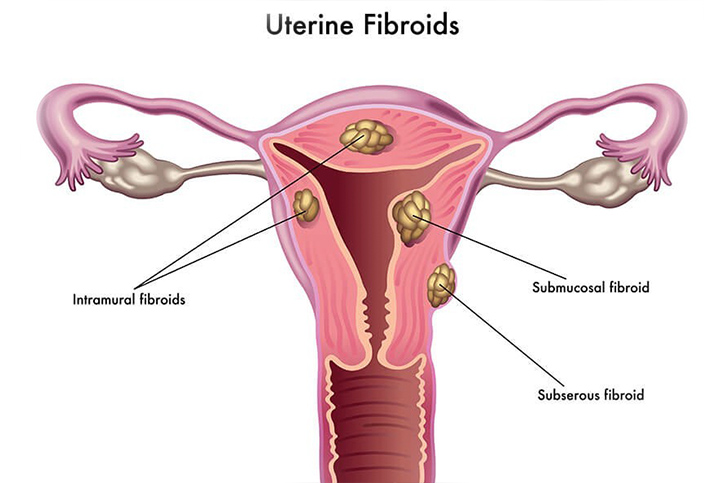A myomectomy is a procedure to remove fibroids, which are benign (non-cancerous) tumours that grow within the uterine wall. It is a common procedure and shouldn’t be a major cause for concern.

Myomectomy is the preferred treatment for fibroids for women who are looking to become pregnant as it leaves the uterus intact. Find out more below.
Fibroids can range in size from very small – about as big as a pea or even smaller, and invisible to the naked eye – to quite large, up to 20 cm in diameter. They are quite common, and often they are undiagnosed and do not require treatment.
However, they sometimes cause infertility, miscarriage, premature labour and other debilitating symptoms and will require removal. Myomectomy is the preferred treatment for fibroids for women who are looking to become pregnant. It is also very effective for reducing the severity of fibroid symptoms.
Types of Fibroids
There are three types of fibroids, which are categorised by their location on the uterus:
• Intramural: These are the most common type – growths in the wall of the uterus
• Submucosal: These are growths protruding into the endometrium (the lining of the uterus)
• Subserosal: These are growths bulging from the outside of the wall of the uterus (serosa), and can sometimes appear on long stalks.
• Pedunculated: These grow on a stalk either to the outside of the uterus, or inside the uterine cavity.
Symptoms of Fibroids
While some smaller fibroids may not cause any symptoms, larger growths, or those growing on a particular part of the uterus, can present symptoms including heavy periods, pain during intercourse, painful periods, and spotting between periods.
In most cases only submucosal fibroids affect fertility as these are the only ones that impinge on the endometrium.
Why Might You Need a Myomectomy?
Your gynecologist may recommend myomectomy as treatment for fibroids causing symptoms that are particularly problematic or interfere with day-to-day activities.
The other option for surgical removal of fibroids is hysterectomy, which is the removal of the uterus. This may be required for very large or multiple fibroids that are causing major symptoms or complications. Pregnancy is not possible after a hysterectomy, so myomectomy is the better option if you plan to have children.
Myomectomy Procedure
The method used for the procedure will depend on size, location, and number of fibroids. There are three different procedures.
Hysteroscopic myomectomy: This is where a thin instrument called a resectoscope is inserted into the vagina, through the cervix and into the uterus. This is used to trim away the fibroid tissue. This is usually only suitable for most fibroids in the submucous position, meaning they are protruding around 50% or more into the endometrial cavity and have not grown deep into the uterine wall.
Laparoscopic myomectomy: This involves a surgeon making small incisions in the abdomen through which a thin instrument is inserted to remove the fibroids. This is suitable for fibroids that are smaller, and growing outside the uterus.
Laparotomy (open) myomectomy: This is a similar procedure to the above, however, larger incisions need to made. This is necessary if the fibroids are larger, if there are many present, or if the fibroids have grown deep into the uterine wall.
Outlook and Pregnancy After Myomectomy
Myomectomy is usually very effective for treating fibroids, and relieving the symptoms associated with them. However, fibroids can grow back. This is less common in women with fewer fibroids than women who had multiple.
Removing fibroids has shown to improve fertility and pregnancy outcomes. However, as fibroids can grow back, it is important to consider getting pregnant as soon as possible. That being said, it may take more than three months for the uterus to heal completely, so it is recommended you wait at least this long before trying again. Talk to your gynecologist about your pregnancy options after the surgery.
If you are experiencing symptoms indicative of fibroids, or if you have any questions regarding treating fibroids, please don’t hesitate to give us a call. We will strive to offer advice and compassionate care in every way possible.
Remember, uterine artery embolisation is another highly effective treatment for fibroids. It is already a well established treatment, and knowledge about its suitability for women wishing to conceive and wishing to retain their uterus is growing.
Sydney Fibroid Clinic is run by Dr Brown and Dr Eisen Liang. It specialises in embolisation, and other means of fibroid treatment. If you are troubled by symptomatic fibroids, consider making an appointment!
